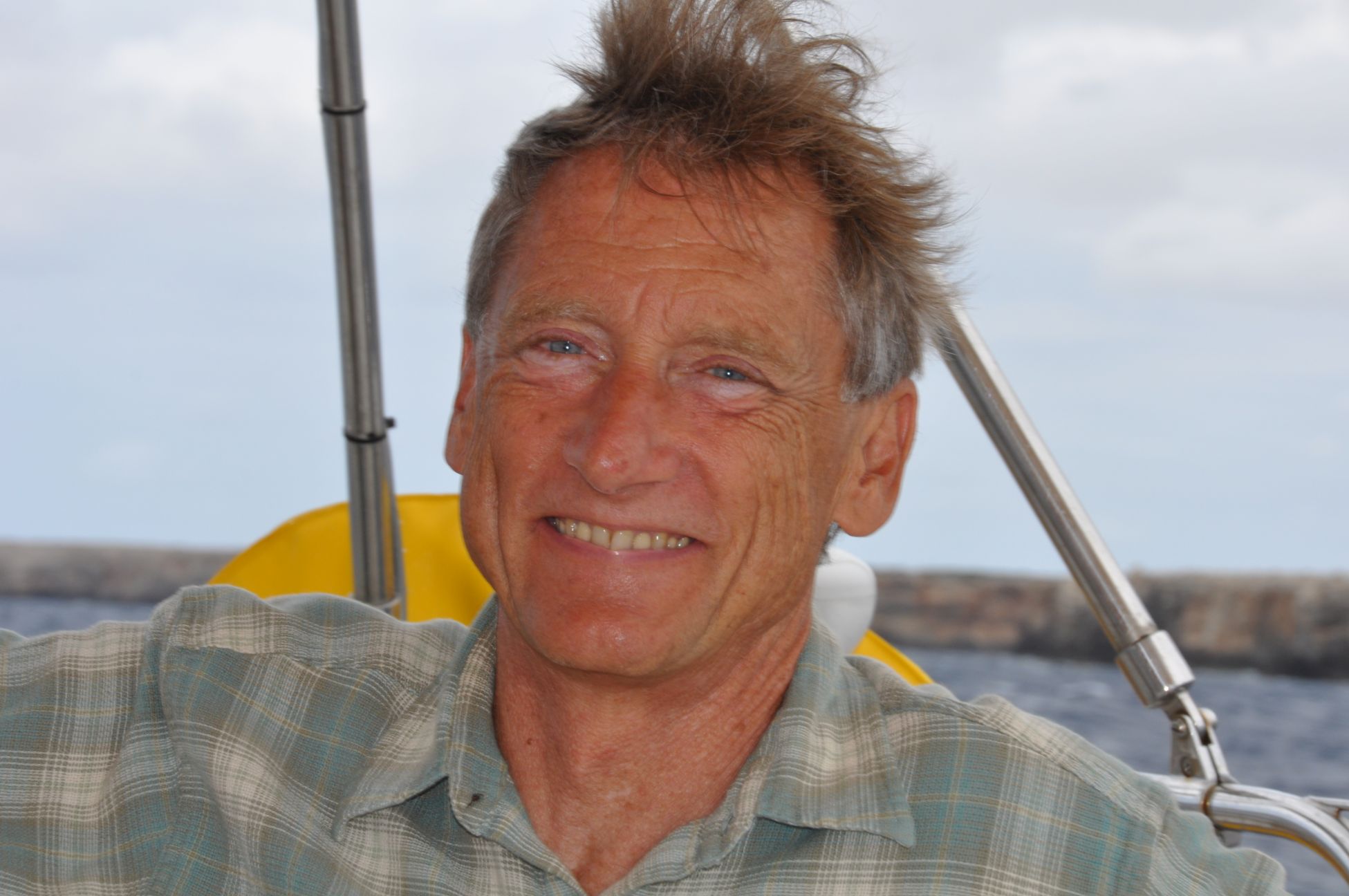Brian Utting: Deep Tissue Techniques for Neck and Torso
When:
March 3, 2018 – March 4, 2018 all-day
2018-03-03T00:00:00-08:00
2018-03-05T00:00:00-08:00
Where:
East West College of the Healing Arts
East West College in Portland
OR, USA, 525 NE Oregon St, Portland, OR 97232
USA
East West College in Portland
OR, USA, 525 NE Oregon St, Portland, OR 97232
USA
Cost:
125.00 - 225.00
Contact:
Mark Retzlaff
DESCRIPTION
AMTA Oregon is proud to bring Brian Utting to Portland for two days of workshops at East West College of the Healing Arts. Brian will be presenting deep tissue techniques for the torso and neck. Tickets may be purchased as a package ($195 early registration, or $225 after Feb 17). Individual days are available for $125/day. Questions? Email Mark Retzlaff, AMTA-OR Education Chair at education@amtaor.org.
Course Description
Muscle-Specific Deep Tissue Techniques for the Torso (Iliopsoas, Diaphragm, QL and Paraspinals)
8 CE Hours
These muscular structures support the core– they are integral to maintaining balance, structural alignment, ease of breathing, mobility, and the ability to function without lower back pain. In the morning, you will learn specific, potent, and effective Deep Tissue techniques to release the iliopsoas, diaphragm, QL, lower multifidus, and the lumbodorsal fascia. These are straightforward, muscle-specific techniques that can be immediately applied in practice, often with profound results. There will be a concise and insightful anatomy review of these structures with an eye toward fascial continuities and the functional relationships between them. We will also focus on correct placement and proper use of fingers, knuckles, and elbows for optimal results.
In the afternoon we will focus on some muscle-specific Deep Tissue techniques for the Paraspinals (erector spinae and transversospinalis) that are different from but complementary to what you learned in massage school or elsewhere. The emphasis will be on releasing and unbinding the erector spinae group, the transversospinalis group, the lumbodorsal fascia, and the quadratus lumborum. These muscle-specific techniques will improve the precision and effectiveness of your back massage, and can be easily integrated to your style of bodywork. Body mechanics will continue to be a focus of the class, as well as proper use of elbows, fingers and knuckles to save wear and tear on joints. Students who have taken this class have reported that they were able to apply the techniques in their practices right away and that their clients loved the results, feeling a newfound sense of freedom and ease in their backs.
“This is one of the most practical classes I’ve ever taken. Brianpresented useful information and then taught practical application of this info. He walked us through how to find each muscle– something I have always wished other instructors would do. I left the training with expanded skills and knowledge, which I have been able to use right away with my clients.” – Evelyn Bass
Muscle-Specific Deep Tissue Techniques for the Posterior, Lateral and Anterior Neck
8 CE hours
The neck is a strong, vulnerable and complex structure. It is the most movable part of the spine, and yet is strong enough to balance and support the head (10-11 pounds), even with chronically poor posture. Skillful deep tissue work in this area is not about brute force; it’s about precision and strategy, informed by knowledge of the anatomical structures. It’s rare to find massage therapists who really know how to massage the neck in a precise, specific way– especially around the small muscular attachments to the transverse processes– even though this is often where the muscles are most frayed and/or inflamed.
In the morning you will learn specific techniques for releasing the cervical posterior paraspinal muscles (longissimus, semispinalis capitis, multifidus), suboccipital triangle, levator scapula (especially the cervical attachments), facet joints, splenius capitus and cervicis, posterior, middle, and anterior scalenes, sternocleidomastoid, and masseter.
In the afternoon we will focus on deep muscle-specific techniques for the anterior neck. Many people learned in massage school to avoid this area, but it responds safely and well to skilled and precise touch. We will focus on the scalene, suprahyoid, infrahyoid, and longus capitus and colli groups. This is really helpful work for clients who have been in car accidents, have emotional issues with their necks or throats, or use their voices professionally (eg, singers).
These are straightforward, muscle-specific techniques that can be immediately applied in practice. The work is well-suited to either treating cervical injuries or improving your spa massage, and will increase your precision, palpatory sensitivity, and effectiveness. Body mechanics will also be a focus of the class as well as proper use of fingers to save wear and tear on joints.
“I honestly learned more in your neck class than any other CE I’ve taken, and I’ve been at it almost 13 years.” -Tracey Brandt
“This is the best neck class I’ve ever taken.” – Barbara Rue
“I love neck work, and this class took things to the next level.” – Heather Finch
Instructor Brian Utting

Brian Utting got his initial training at the Brenneke School of Massage and by apprenticing with Catherin Maxwell, ND. He practiced for several years in private, chiropractic, and clinical settings with a focus on deep tissue work and the evaluation and treatment of injuries (license #MA1011).Brian founded the Brian Utting School of Massage (BUSM) in Seattle, WA in 1982 and was BUSM’s Director, Director of Education, and a lead instructor there for 26 years. Brian developed and refined the curriculum at BUSM and taught many subjects, including anatomy, physiology, kinesiology, pathology, contraindications, business skills, communication skills, hydrotherapy, and a variety of massage techniques. His 1000-hour COMTA-accredited school was considered one of the best massage schools in the country.Brian designs his classes and programs so that the students really get the material and can take it home and apply it in their practice, rather than just being exposed to it. He teaches with a rare blend of knowledge, passion, precision, humor, common sense, and depth. In 2009 Brian was awarded the AMTA’s Robert N. Calvert Award for Lifetime Achievement.
